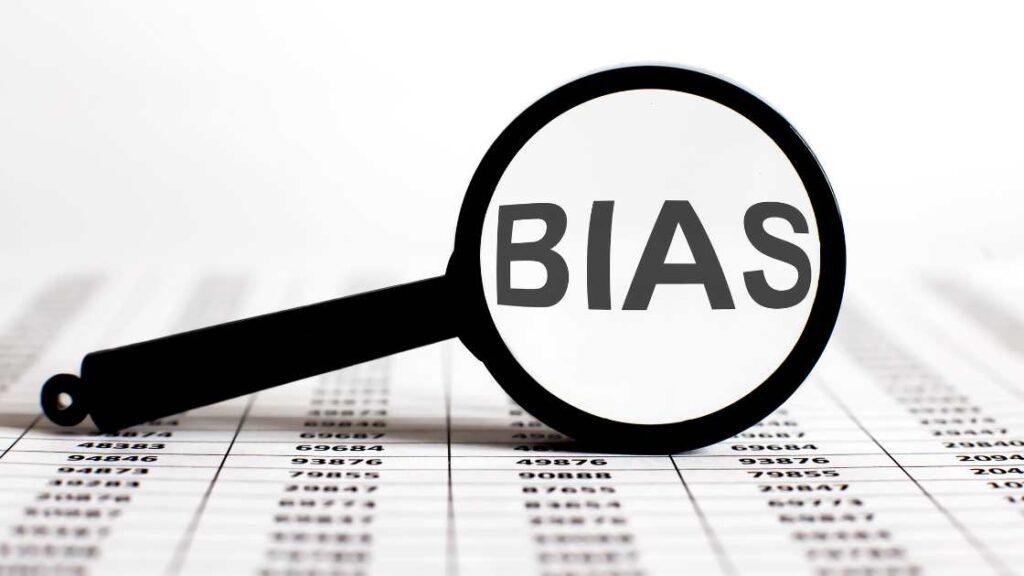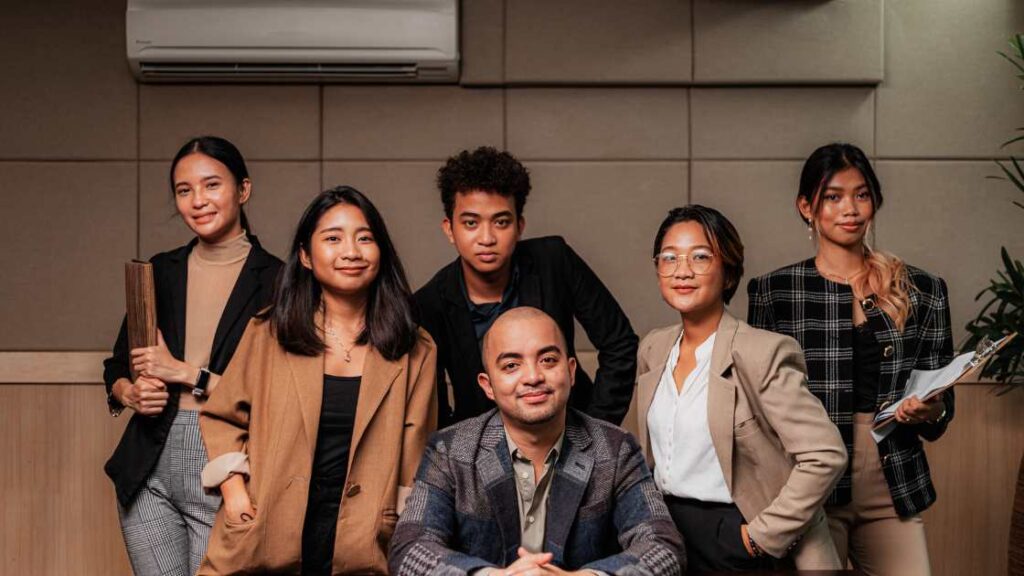Have you noticed that the people who work for you come from all different eras? You might find that some people are older than you, while others may be younger. It’s because many different generations work together in the workplace today. Like having a large family in the office! It may seem difficult, but managing all of these different age groups is actually quite cool. We’ll look at how it works and why this is awesome.
Table of Contents
What Is A Multigenerational Workplace?

Multigenerational workers are a group of employees that includes people from different generations. Human lifespan is increasing, and more people are working well beyond the traditional retirement age.
The diversity of age in today’s workforce has never been greater. Now, it is common to see employees from four or five different generations working together in the same organization.
Multiple generations increase the talent pool and change its demographics. Many employers are not taking full advantage of the fact that there is a wide range of talent available.
In order to retain and motivate employees at all stages of life, HR leaders must consider the age ranges when planning succession and Strategic workplace planning.
Understanding the Generations

Imagine you’re at a big family reunion. Your grandpa loves to tell stories about “the good old days.” Your mom will have a different style and music from her childhood, followed by you and your favorite things. It’s the same at work. We have Baby Boomers (grandpa’s generation), Gen X (mom’s generation), Millennials, and Gen Z (that’s you!).
It’s OK that each generation does things differently. Each generation has different skills and ideas. It’s important to figure out how you can mix everything together.
Your Employee Value Proposition is a must-have.

Is your EVP appealing to a range of generations? Employees of any age can be satisfied by cultural benefits. It is important to offer a desirable work environment, as well as a range of benefits that will satisfy different people.
All generations are attracted to policies and programs that promote wellness, work/life harmony, and paid leave. To appeal to a wide range of ages, it is important to provide professional development opportunities, such as career advancement and community service, along with financial investment programs.
Cater To Different Communication Styles

Effective communication is essential for harmony and productivity. It is important that everyone has access to the same information.
Language differences have existed for generations. However, younger employees used to adapt their communication styles according to the norms of their employers. Digital communication has a huge impact on culture, and younger generations are more influential now. Communication in the workplace has evolved to be more about finding common ground, blending styles and meeting in the middle.
It is important to have consistency and standards in your company’s communications. You can also look at ways to accommodate different styles of communication on a small scale. Leaders can choose between text or video-based communication depending on the needs of their team. Managers should have the freedom to speak to their teams individually one-on-one.
Fighting Bias And Stereotyping

Stereotypes and biases against certain generations do exist. You’d be better off reframing them rather than pretending they don’t exist. It’s a mistake, however, to think that someone is “entitled,” a “stubborn”, “idealist” or “workaholic” because they are older. The context of life experiences can shape people differently.
You can harness the strength of each generation by acknowledging and considering differences. Role-playing or other training exercises may be needed to combat age-based stereotyping. By bringing inaccurate perceptions into the spotlight, people become more conscious of their beliefs and this can result in a more harmonious multigenerational work environment.
At all stages of the employee’s lifecycle, you should actively work to eliminate biases and stereotypes. You must also be aware of biases in HR policies, employee attitudes and leadership styles.
Adapt To Diverse Work Styles And Needs

It is not possible to determine how employees of all generations can best perform. A company that can adapt to the needs of its employees is more likely to retain and attract the best talent.
Employees of any age can benefit from flexible work schedules. Part-time or varied work schedules allow caregivers to spend more time with their families or provide a gradual approach to retirement.
Benefits Of A Multigenerational Workforce

Different Perspectives
Each generation can view job duties differently. Shared perspectives between and within teams can bring a wide range of skills and knowledge to help support innovation.
Ability To Solve Problems
Combining diverse perspectives with different skills leads to creative problem-solving solutions. How we interact and relate with other people to resolve challenges and conflicts is influenced by our life experience. Teams with a range of ages can provide a wide variety of solutions to problems.
Opportunities For Learning/Mentoring
A diverse team will have more opportunities to learn and interact with each other. Mentoring opportunities can be mutually beneficial. The older employees can offer advice on how to develop their careers. What’s more, the recent trend of cross -generational mentoring allows more junior employees to educate mature workers with their familiarity with current trends and technology.
Transfer And Retention Of Knowledge
The strengths and awareness that each generation brings to the table better prepares business for its future needs. Tacit information is retained within the organization in an internal talent pool. The focus is on internal promotion, and not so much on external recruitment.
Unique Relationships
Meaningful relationships can contribute to employee satisfaction and help them meet their emotional needs. The organization’s age range mirrors the family structure, which allows for opportunities to make personal connections.
Conclusion
It is a challenge to find out how to effectively manage multigenerational employees, but the rewards are great for any organization. Age-related differences can be leveraged to create a talent pipeline that supports business sustainability.
Communication is key to creating an environment where employees feel respected and included. It creates a positive work environment and allows employees to reach their full potential.
Also Read: How Can Leaders Build A Psychologically Safe Workplace?


